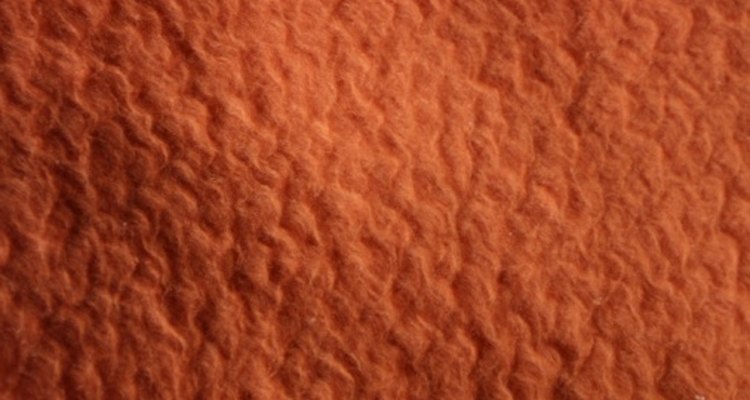
Leather can be hardened or softened depending on the treatment it is given. Leather will become harder and stiffer if it is allowed to dry out over time. Often, this can lead to cracking and damage, especially in weaker leather. However, those needing harder leather, perhaps for leather armor or bags, can harden leather by speeding up the loss of moisture and heat-treating the leather. The more fragile the leather, the more care is required to prevent damage.
Boiling Vegetable-Tanned Leather for Greater Hardness
Fill a pot with tap water. Make sure the pot is large enough to hold the leather. Turn heat to high until water boils.
Be sure to boil vegetable-tanned leather only, as other kinds of leather may leach harmful chemicals or disintegrate. Do not boil very delicate leather, like lamb. This procedure is for thicker, stronger leather, not for jacket leather.
Place the piece of leather in the boiling water. For the first two minutes, the leather will darken and stretch. The leather can be taken out and stretched or manipulated into different shapes. After stretching it, you can leave it to dry and it will be harder than it was prior to boiling.
Leave the leather in the pot for over 2 minutes if you do not intend to stretch or change the shape of the leather. The longer the leather is left in the boiling water the harder it will be once it dries. Leather that is hardened in this way will become more brittle and will also shrink to around 7/8 of its original size. Leaving the leather in boiling water for more than 30 minutes will result in very brittle leather.
Remove the leather and place it flat on some towels to air dry. After a few days the leather should be dry and much harder than it was before.
Water Hardening for More Delicate Leather
Put the leather in a bucket of water that is around room temperature until the leather is completely soaked. This should not take more than a minute or two.
Remove the leather and pat it dry with a towel.
Lay the leather flat on a folded dry towel to air dry. As the leather dries it will become harder. Drying leather in this way removes the moisture and can lead it to crack. You can apply leather conditioner oil to the outside of the leather if it feels too dry or cracked, but this may also soften the leather.
Related Articles
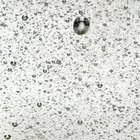
How to Repair a Wet Leather Jacket

How to Care for Wet Leather
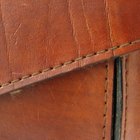
How to Stretch Out Leather

How to Make Cowboy Boots Softer

How to Care for Python Leather
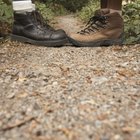
How to Soften Up Thomas Cook Leather ...

How to Shrink or Soften Leather

How to Shrink Leather Shoes

How to Distress Leather

How to Shrink Leather Boots

How to Remove a Stamp on Leather
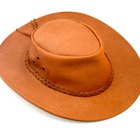
How to Stretch a Leather Hat

How to Beeswax Leather

How to Lacquer Leather

How Does Suede React to Water?

How to Break in a New Leather Watchband
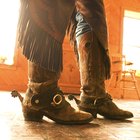
The Right Way to Soften a Pair of ...

How to Condition a Dried Leather Biker ...
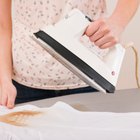
Instructions for Iron-On Patch for ...
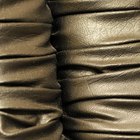
How to Restore Leather Smell
References
Photo Credits
Photos.com/Photos.com/Getty Images